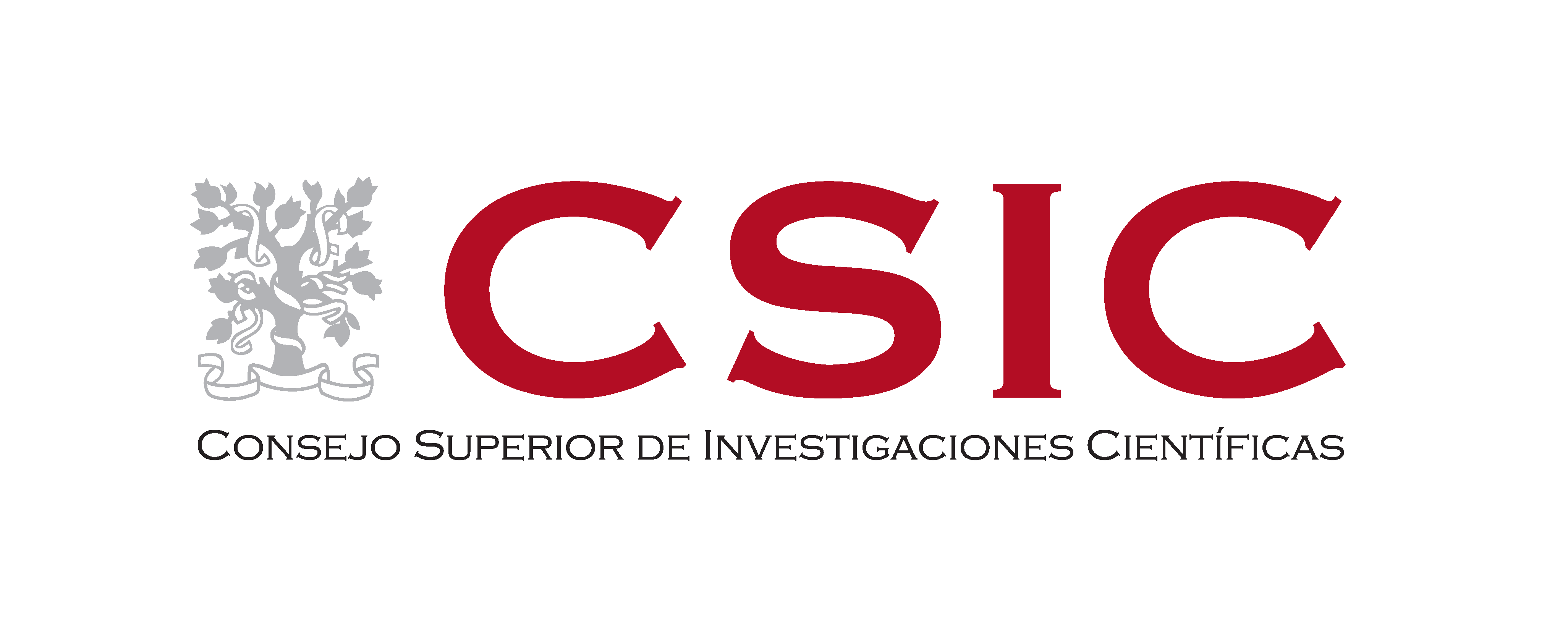The Spanish National Research Council (CSIC) is the largest public institution dedicated to research in Spain and the third largest in Europe. Its mission is to foster, coordinate, develop and promote scientific and technological research, of a multidisciplinary nature, in order to contribute to advancing knowledge and economic, social and cultural development, as well as to train staff and advise public and private entities on this matter. Its multidisciplinary and multisectorial nature means CSIC covers all fields of knowledge. CSIC plays an important role in scientific and technological policy, since it encompasses an area that takes in everything from basic research to the transfer of knowledge to the productive sector. It also manages a range of important facilities; the most complete and extensive network of specialist libraries, and also has joint research units. CSIC is playing an active role in building the European Research Area (ERA), coordinating its strategies with other equivalent European research bodies. It participates more heavily and receives more funding from European programmes, especially from the European Union Framework Programme, than any other Spanish body within the R&D&I system. It is also involved in European consultancy bodies to design ERA scientific policy by defining objectives, tools and European cooperation actions, through organisms such as the European Science Foundation (ESF).
CSIC participates in PARTHENOS as representative of one of the relevant initiatives in the Cultural Heritage sector, the IPERION-CH project. It will contribute to the project participating in definition of the requirements for standardization and of standardized protocols and procedures, in the assessment of TNA and in teh communication and dissemination activities (WP2, WP3, WP4, WP7 and WP8).
Contacts
Two research groups from two institutes of CSIC participate in the project, from the Centro Nacional de Investigaciones Metalúrgicas-CENIM (contact person: Dr. Emilio Cano ecano@cenim.csic.es), and from the Instituto de Química Física Rocasolano-IQFR (contact person: Dr. Marta Castillejo marta.castillejo@iqfr.cisc.es). Both groups have a long term experience in research in cultural heritage.


